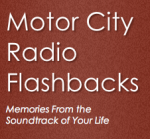 From the the desk of Jim Feliciano
From the the desk of Jim Feliciano
A 1967 WKNR Keener Contact News Presentation
(Note: Re-post; updated; previously featured July 16, 2012)
_________________
DETROIT. 50 YEARS AGO
“My Fellow Americans, we have endured a week, such as no nation should live through. A time of violence and tragedy.” — Lyndon Johnson, President of the United States
“I think the President of the United States, uh, played politics uh, in a period of tragedy and riot.” — George Romney, Governor of Michigan
“We made it very clear — we do not want more than our share and we are determined to settle for nothing less than our share.” — Walter Reuther, UAW President
“I deplore the actions of the UAW in forcing Ford into this situation. I am sorry that we do not have laws, that effectively prevent the use of this kind of bludgeon, against the public interest.” — Henry Ford II, Ford Motor Company
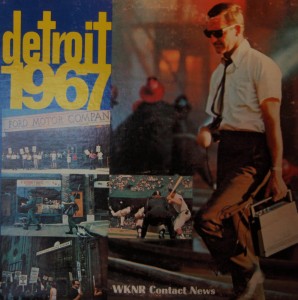
DETROIT. 1967. The opening commentary you will hear is the voice of WKNR News Director Philip Nye —
“These are the sounds and voices of a year. As WKNR News present an electronic diary in 1967. A year marked by rioting, by a continuing war and growing protest, by a rise in crime and cost, and by tragedy and triumph. As with all years, there was good and bad. We shall recall both.”
. . .WKNR microphones was there.
Philip Nye WKNR KEENER CONTACT NEWS 1967 (Play 43:43 audio)

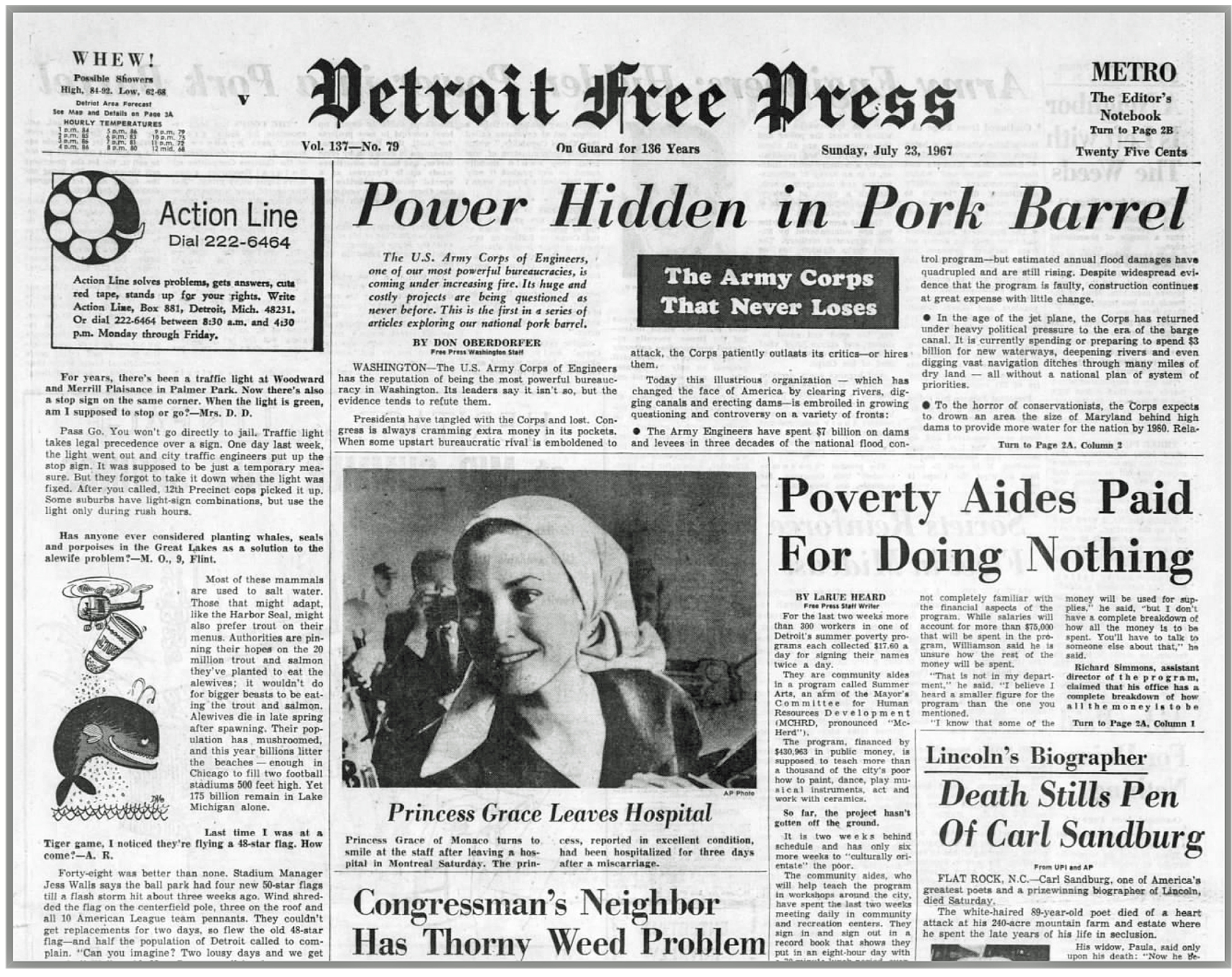
Sunday, July 23, 1967
___
T H I S 1 9 6 7 W K N R N E W S N A R R A T I V E recalls many of the events which affected the city of Detroit. Of certain news events which impacted the lives of Detroiters marking the passing of 1967 moving forward into 1968. The stories, news, voices and sounds you will hear was electronically imprinted on recorded tape by the WKNR news staff who covered the stories. The sounds you will be hear was permanently preserved on vinyl records by the WKNR news department ending the year 1967. This news recording served as a marker of what took place in Detroit that year. Whether covering the news, inside or outside the boundaries of the city, the WKNR microphones was there. When it happened. As it happened. How it happened. This WKNR Contact News album will take you back to a time and place. This was 50 years ago. The city was Detroit.
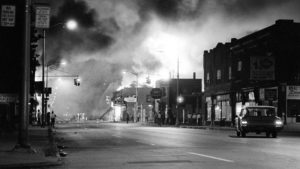
But the biggest story that placed the city on national and international news headlines — the riot that was the summer of 1967. The date set was July 23, to be exact. And the WKNR news department microphones was there when Philip Nye and his six-man news staff and the station’s two mobile units began picking up the story.
By early Monday morning more dramatic news began to intensify with every passing hour as “the story” began to unfold. The civil disturbance sparked with a toss of a single Molotov cocktail during the early morning hours on Sunday. The flashpoint was marked on 12th near Clairmount in the city’s near west side. The riot’s spark ignited during a Detroit police raid on a liquor establishment’s “blind pig.” By mid-afternoon, the rioting spread rapidly out of control. Spreading from block to city block. Looting, shootings, arson became widespread. Within 24 hours, the destruction and carnage would cover 129 square miles of the city. Detroit, the fifth largest metropolis in the United States, was up in flames.
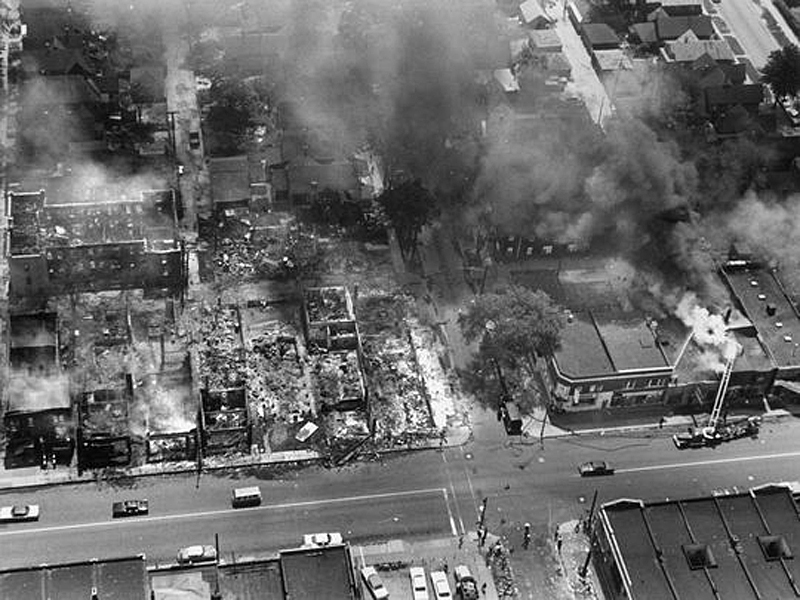
L I S T E N A G A I N T O T H E biggest Detroit news story of 1967. Listen as —
Governor Romney requested the federal government deploy federal troops immediately into Detroit; Presidential Assistant Cyrus Vance informed the city that troops were on the ground in Detroit; President Johnson addresses the nation, deploring “law and order have broken down in Detroit, Michigan.”. . . .
Philip Nye went on to record, that, “At it’s peak, the riots spread over fourteen-square miles of the city. A curfew was in effect, a complete ban placed on liquor sales, gasoline can be purchased only during certain hours and never in a container, offices, banks, schools, businesses, industries were closed down; the heart of Detroit was deserted. Deliveries were curtailed. Food ran short. All normal activities in the nation’s fifth-largest city was at a standstill… they said it couldn’t happen here, but it did.”
The Detroit Free Press headlines below provided a more grim reality —
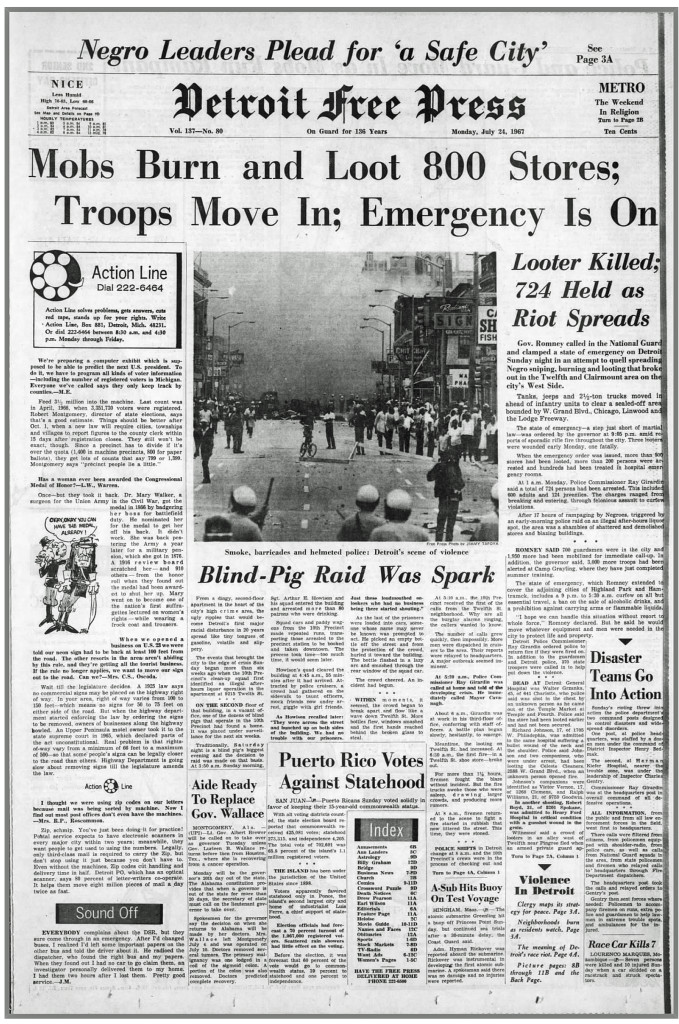
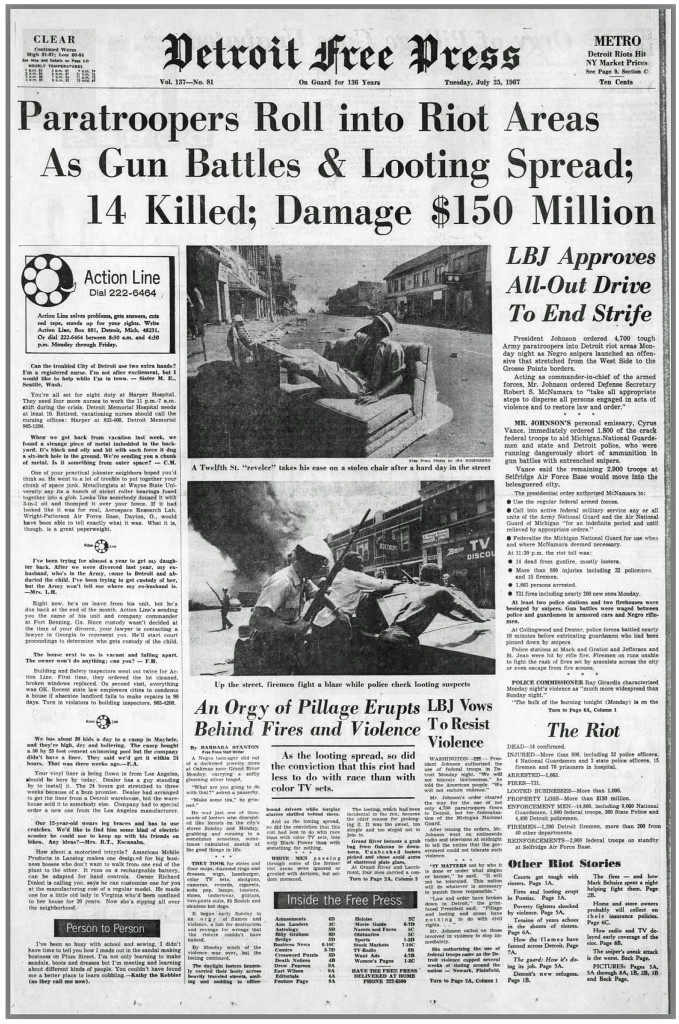
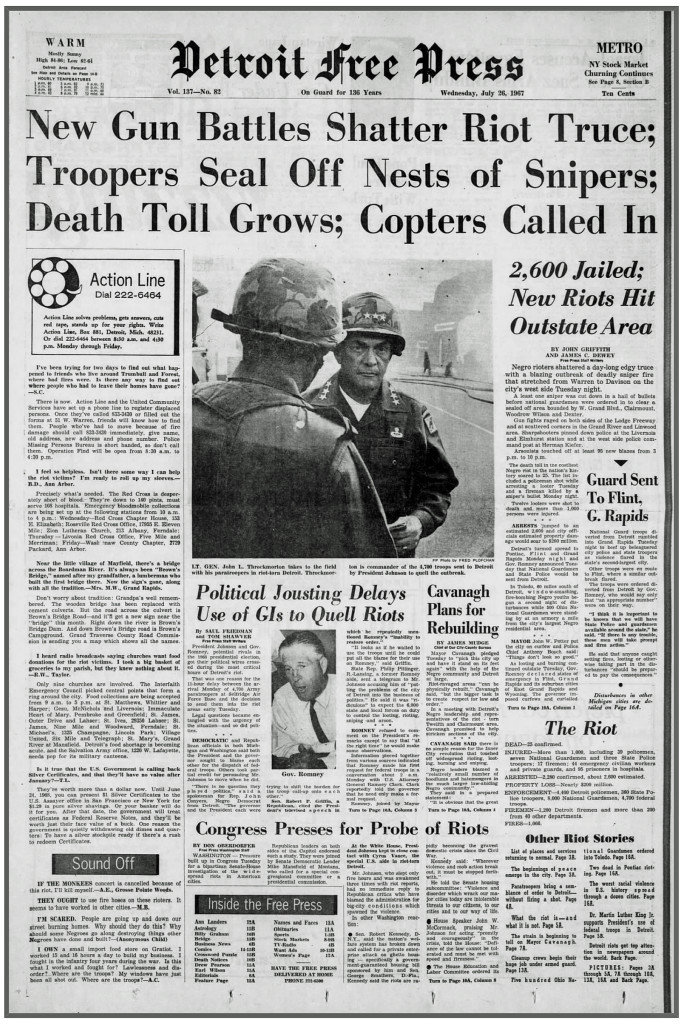
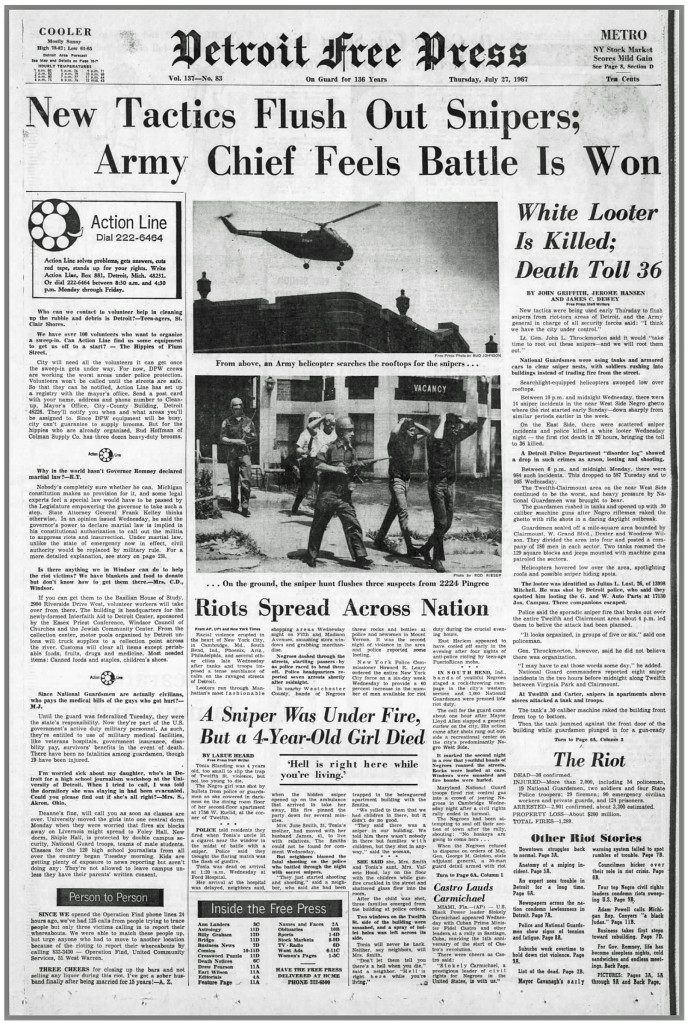
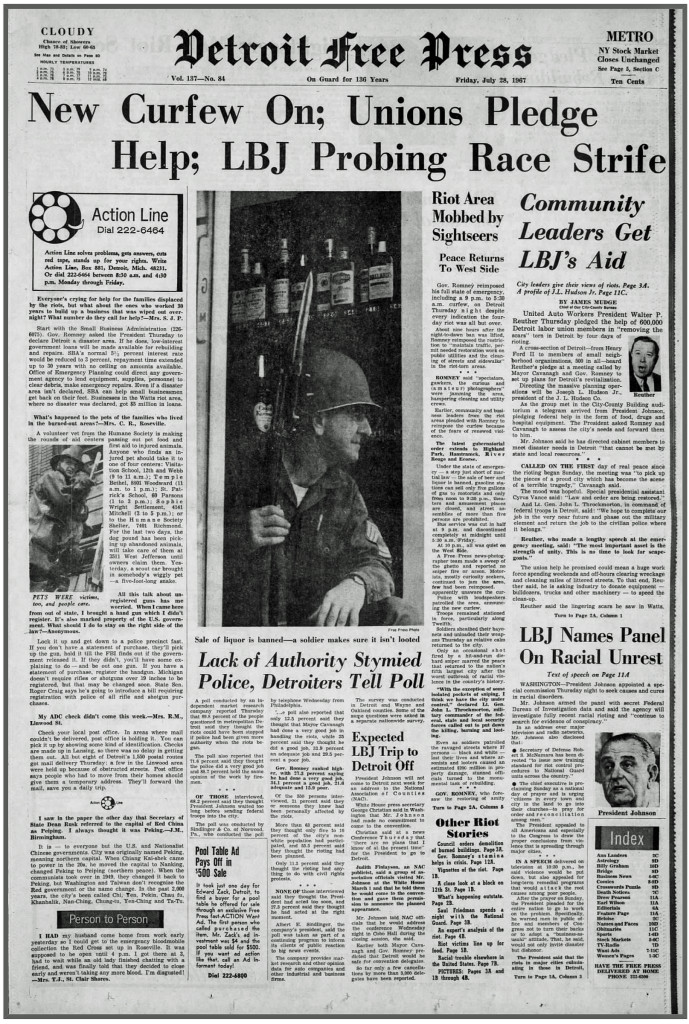
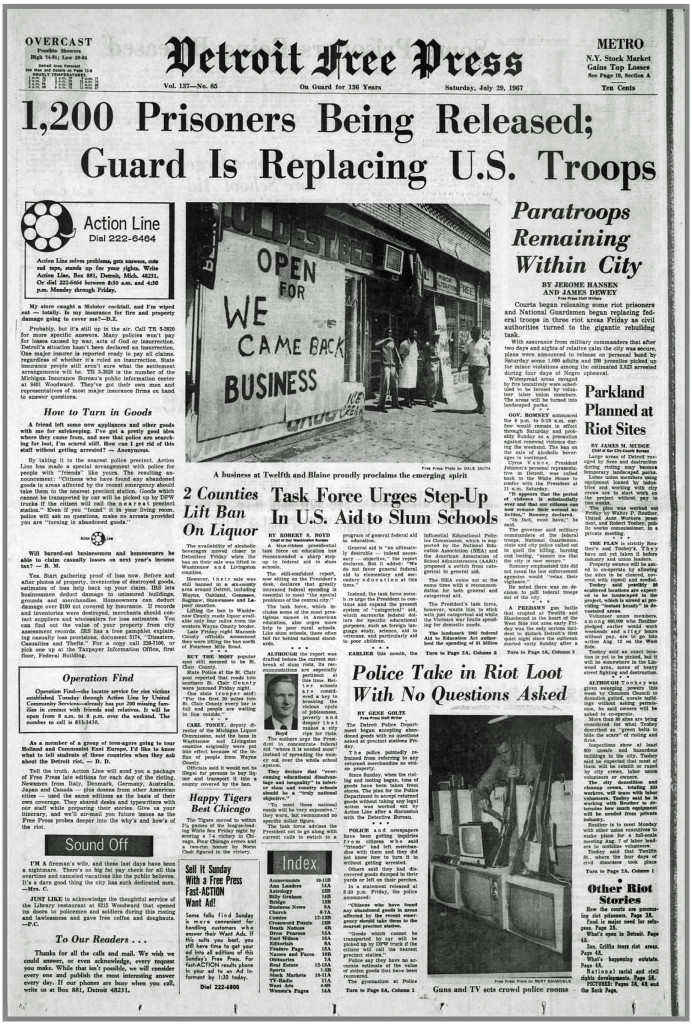
A VIEWING TIP
On your mobile device? Tap on newspaper images. Open to second window. “Stretch” across the featured image on your device screen to magnify for larger print view.
Above DETROIT FREE PRESS related articles courtesy freep.com newspaper archives. Copyright 2017. Newspapers.com
While the July ’67 civil disturbance overshadowed other local events and news for the year, Detroit had other issues the city found itself grappling with throughout 1967. WKNR Contact News covered these stories as well:
- A 61-day strike between the UAW and the Ford Motor Company….
- In July, the nation’s railroads were shut down by rail-machinists, affecting rail and transport commerce in Detroit….
- Teamster Steel-haulers went on strike; spanning 8 states, including Michigan, lasting 9 weeks while inciting violence….
- Detroit Federation of Teachers went on strike; teachers reached an agreement with the city two weeks into the new school year….
- Contract discussions with the Detroit Officers Association and the city reach a stalled impasse, DPOA stop issuing traffic tickets….
- The Teamsters Union strike both the Detroit newspapers over wages; The Detroit News and the Detroit Free Press were still shut down due to the strike as of December 31, 1967….
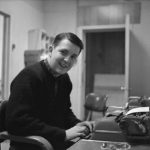
And those were just several of the important news stories WKNR reported for Detroit in 1967. Headed by Philip Nye and assistant news director Eric Smith, WKNR Contact News was awarded five prestigious first-place honors — five different categories — for “news presentation par excellence” in 1966 by the Michigan Associated Press.
The entire WKNR award-winning news team in ’67 were: Philip Nye, News Director; Eric Smith, Assistant News Director; Mike O’Neill, reporter; Dick Buller, reporter; John Maher; reporter; Pat Kelly, Doug Fernlock.
“…The hour’s catalog a year’s living; A year’s dying; a year’s luck. For WKNR News… this is Philip Nye, reporting.”
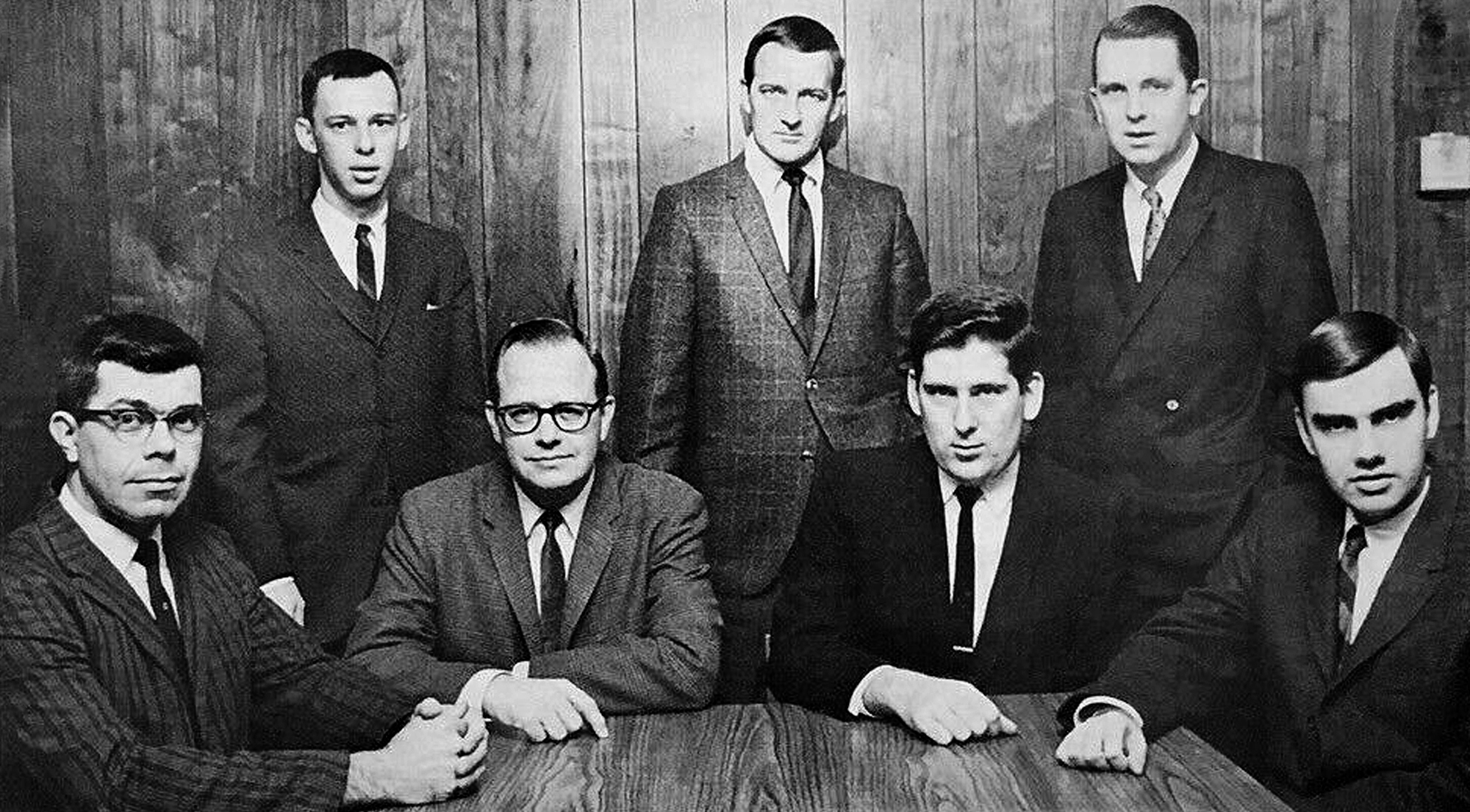
“A great tragedy has visited our city, and now our ability to face an awesome challenge is being tested. It is for us to meet the challenge with the same resolve and dedication for which we have been noted in the past. We must have a united determination torebuild our city into a kind of urban environment in which every citizen can say with dignity and self-respect that he is a Detroiter and proud of it. Like the legendary Phoenix, Detroit shall rise from its ashes.”
— Jerome P. Cavanagh, Mayor of Detroit; 1967
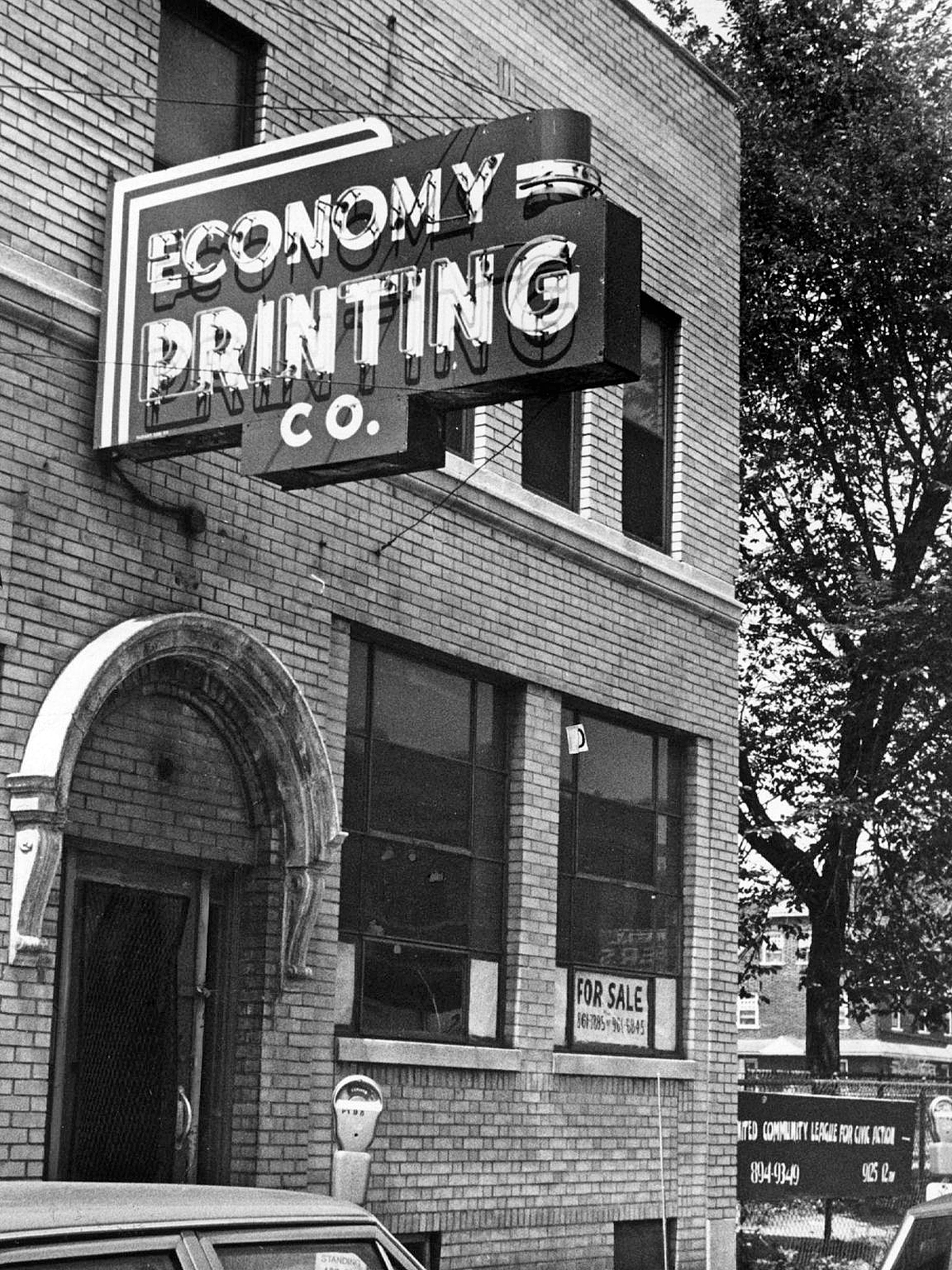
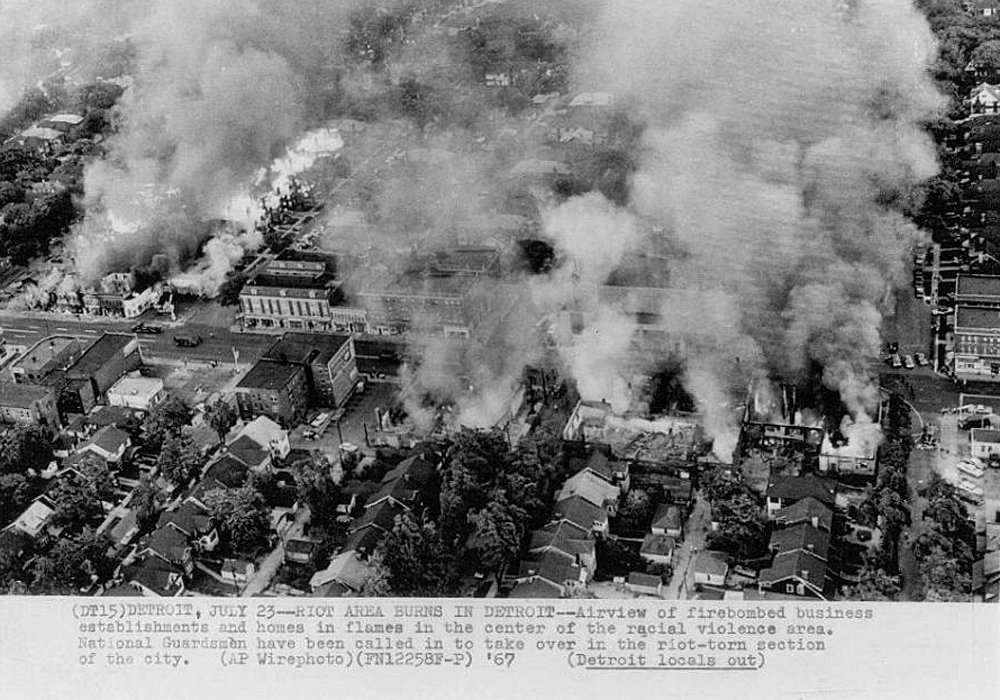
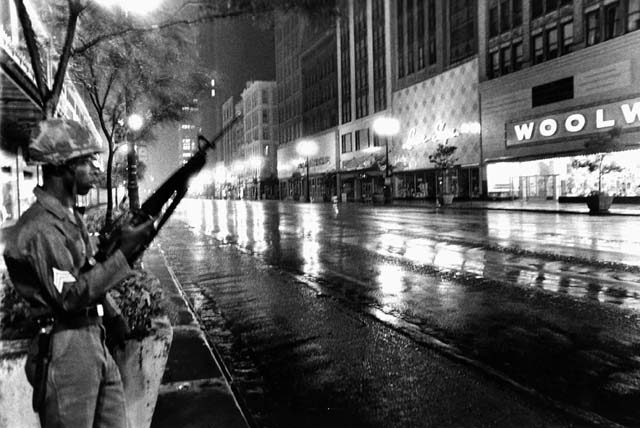
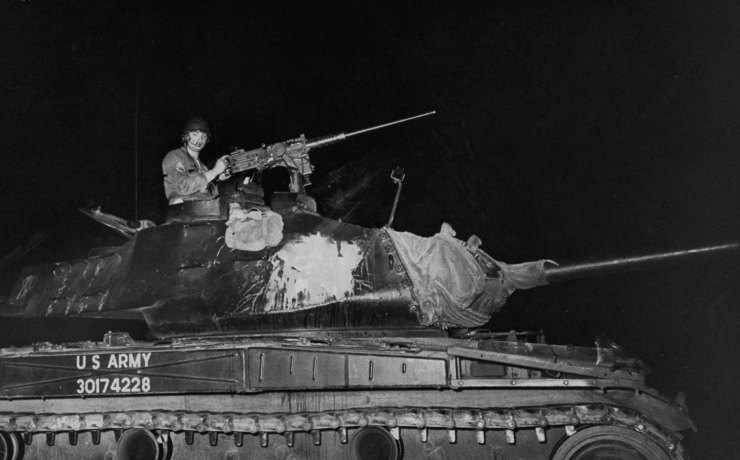
‘KEENER CONTACT NEWS’
___
For more on the Keener Contact News year-end albums, go to the left-sidebar menu column on this website and click WKNR Contact News. For everything on WKNR news, go to Scott Westerman’s WKNR tribute website at keener13.com.
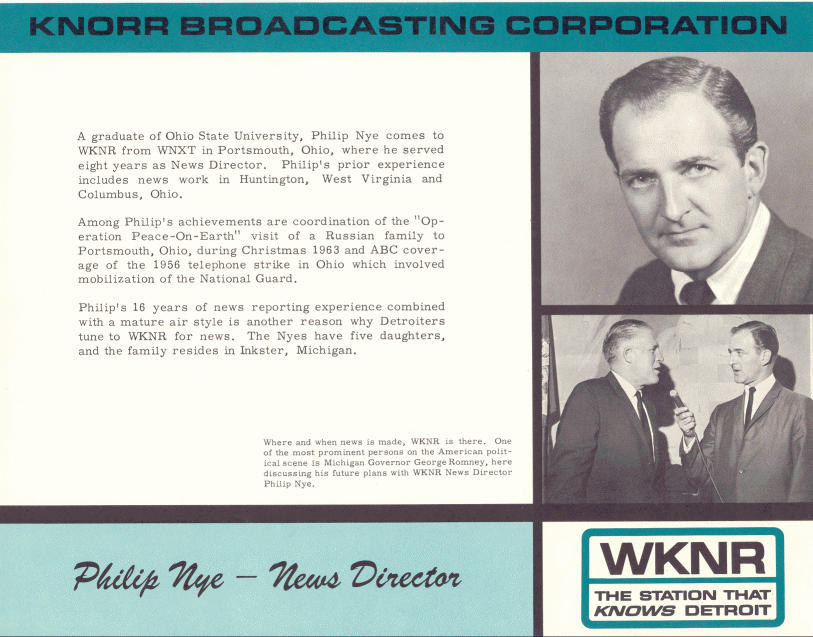
MCRFB NOTES / LINKS
*****
The YouTube video titled “Detroit Riots 1968,” while seeming erroneous, it was titled as such the year it was released. The footage is silent.
___
ALSO| For a more comprehensive visual of the riots, watch this vintage 30 minute 1967 WXYZ-TV film segment on the Detroit civil disturbance GO HERE.
___
ALSO| For a more comprehensive review (link; detroit1967.org) on what took place 50 years ago on this day in Detroit, GO HERE.
___
ALSO| The Detroit News Interactive feature FIVE DEADLY DAYS IN DETROIT is a informative review of Detroit’s week of infamy, covering the week beginning Sunday, July 23, 1967. This special report includes many photographs of the ’67 civil unrest. For more on this Detroit News timeline GO HERE.
___
ALSO| From the DETROIT NEWS archives. 150 historic photos from the Detroit 1967 riot can be SEEN HERE.
___
ALSO| From the Detroit Free Press. Detroit ’67. An interactive hour-by-hour timeline. GO HERE.
___
ALSO| From the Detroit News archives. DETROIT 1967 interactive. GO HERE.
___
NEW!| Six Days In July — Coverage Of the 1967 Detroit Riots. Aired on WWJ-TV (Channel 4; time 1:28:38), Sunday, July 30, 1967:
WHEN IT HAPPENED. AS IT HAPPENED. DETROIT 1967
![]()



